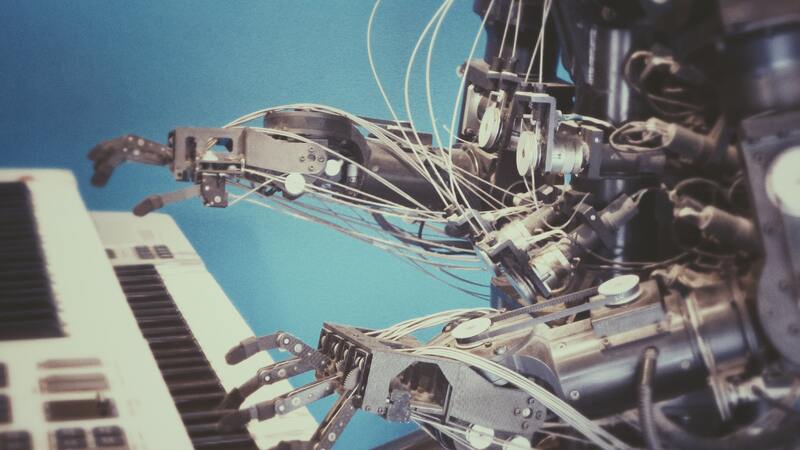Introduction
RPA robots perform tasks tirelessly and with precision, significantly reducing human intervention. However, like any automated system, RPA robots are not immune to errors. To ensure the efficiency and reliability of your RPA solution, it's essential to train your robots to handle errors effectively.
In this blog, let us explore the importance of handling errors in RPA, the common errors encountered, and strategies to train your robots to handle the errors.
The Importance of Error Handling in RPA
Error handling is a critical aspect of any automation system, including RPA. Failing to address errors appropriately can result in various negative consequences, such as:
- Disrupted Processes: Errors can cause processes to stop or fail, leading to workflow interruptions and delays in delivering services or products.
- Increased Costs: Unresolved errors may require manual intervention to rectify, leading to increased operational costs.
- Inaccurate Data: Errors in data processing can lead to incorrect information, thus impacting decision-making ability and compliance.
- Reputational Damage: Repeated errors can lead to lack of trust with customers, clients, and stakeholders, therefore damaging your organization's reputation.
Common Types of Errors in RPA
Before you can effectively train your RPA robots to handle errors, it's crucial to understand the types of errors they may encounter. Here are some common RPA errors:
- Application Errors: Occur when the RPA robot interacts with an application or system and encounters unexpected behavior. These might be scenarios such as changes in user interfaces, unwanted pop-ups like expiring licenses, or timeouts.
- Data Errors: These errors are caused by issues like incomplete or incorrect information, improper formatting, or data that cannot be read or processed.
- Logic Errors: Logic errors happen when the RPA robot follows an incorrect sequence of steps or makes decisions based on inaccurate information.
- Connectivity Errors: RPA robots often rely on network connections to access data or communicate with other systems. Connectivity errors can disrupt processes if not handled properly.
- Environmental Errors: These errors are caused by external factors, that is, the factors which the robot has no control over. For example - hardware failures or resource constraints.
Strategies to Train RPA Robots to Handle Errors
Now that we understand the importance of error handling and the types of errors that can occur in RPA let's explore strategies to train your RPA robots effectively:
- Error Identification and Logging: Implement a robust error logging mechanism to capture all errors your RPA robot encounters. Clearly define error codes and descriptions to facilitate easy identification and resolution.
- Exception Handling: Develop exception-handling routines within your automation scripts to address specific error scenarios. Specify alternative paths or actions for the RPA robot to take when an error occurs.
- Retrying Mechanisms: Incorporate retry mechanisms for transient errors, such as network or application timeouts. Set limits on the number of retry attempts to avoid indefinite loops.
- Error Notifications: Configure automated notifications to alert support teams or administrators when critical errors occur. Include relevant error details in the notifications for quicker diagnosis and resolution.
- Error Resolution Procedures: Document clear procedures for handling different types of errors. Train your RPA support team to follow these procedures efficiently.
- Continuous Monitoring and Improvement: Regularly review error logs and identify recurring issues. Use data analysis to identify root causes and implement preventative measures.
- Fallback Mechanisms: Develop fallback mechanisms to allow the RPA robot to switch to manual intervention if it encounters an error it cannot resolve autonomously.
- User Input Validation: Implement robust data validation and verification checks to prevent data errors from propagating through automated processes.
Conclusion
Error handling is a fundamental aspect of successful RPA implementation. By training your RPA robots to handle errors effectively, you can ensure your automated processes' reliability, accuracy, and efficiency. Remember that error handling is an ongoing process that requires continuous monitoring, analysis, and improvement to adapt to changing conditions and emerging issues. With the right error-handling strategies in place, your RPA robots can become more resilient and deliver consistent results, even in the face of unexpected challenges.





